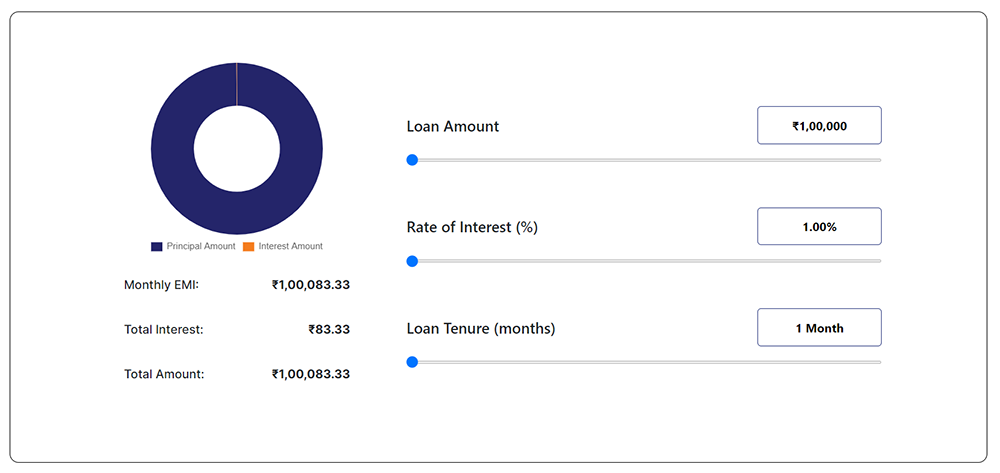PostCSS is a tool for transforming styles with JS plugins. – Take your CSS to the next level with PostCSS It can be used to lint, validate, and optimize your CSS code. Some popular plugins for PostCSS include autoprefixer, which adds vendor prefixes to CSS rules automatically to ensure cross-browser compatibility, and cssnano, which minifies and compresses CSS to improve performance.
To use PostCSS, you will need to install it and set up a configuration file that specifies which plugins you want to use. Then, you can use it to process your CSS by running a command in your terminal or integrating it into your build process.
PostCSS Table of Contents
PostCSS A tool for transforming CSS with JavaScript
To use PostCSS ( CSS to the next level with PostCSS ), you’ll need to install it first. You can do this using npm (the Node.js package manager) by running the following command:
npm init -y npm install -D postcss postcss-cli
Once you have PostCSS installed, you’ll need to create a configuration file that specifies which plugins you want to use. This file is usually called postcss.config.js and should be placed in the root directory of your project.
npm -D postcss-importHere’s an example of a basic CSS to the next level with PostCSS configuration file that uses the autoprefixer plugin:
module.exports = {
plugins: [
require('postcss-import'),
require('cssnano')
]
}You can then use a tool
You can then use a tool like gulp or webpack to process your CSS files with PostCSS. For example, the following gulp task processes all .css files in the src directory and outputs the processed files to the build directory:
const gulp = require('gulp');
const postcss = require('gulp-postcss');
const config = require('./postcss.config');
gulp.task('css', () => {
return gulp.src('src/*.css')
.pipe(postcss(config.plugins))
.pipe(gulp.dest('build'));
});
There are many plugins available for PostCSS, and you can use them to perform a wide range of tasks on your CSS. Some popular plugins include autoprefixer, which adds vendor prefixes to CSS properties, and cssnano, which optimizes and minifies CSS. With PostCSS, you can easily take your CSS to the next level by automating tasks and optimizing your stylesheets.
Next Setup
After setup postcss.config.js file you need to open package.json and update below code
"scripts": {
"postcss:watch": "postcss src/style.css --dir public --watch"
},The command "postcss:watch": "postcss src/style.css --dir public --watch" is used to run the PostCSS tool in watch mode. In this mode, PostCSS will continuously watch the specified CSS file (src/style.css in this case) for changes and automatically process the file whenever it is updated.
The --dir flag specifies the directory where the processed CSS file should be output. In this case, the processed file will be output to the public directory.
The --watch flag tells PostCSS to run in watch mode. This means that PostCSS will continuously monitor the specified CSS file for changes and automatically process it whenever it is updated.
Once update package.json and then running below command
npm run postcss:watchnpm run postcss:watch is a script that can be defined in the scripts section of your project’s package.json file. This script is intended to run the PostCSS tool in “watch” mode, which means that it will continuously listen for changes to your project’s CSS files and automatically re-process them whenever a change is detected.
PostCSS is a tool for transforming styles with JavaScript. It can be used to perform a variety of tasks, such as
- Autoprefixing: adding vendor prefixes to CSS rules to ensure compatibility with different browsers
- Linting: checking the syntax and formatting of your CSS to find and fix mistakes
- Minifying: removing unnecessary characters from your CSS to reduce file size
- Transforming: using plugins to transform your CSS in various ways, such as converting old CSS syntax to modern standards, or adding new features like variables or mixins
You can also use PostCSS as part of your build process, by incorporating it into your build tool (such as Webpack or Gulp). This will allow you to automatically run PostCSS as part of your workflow whenever you make changes to your CSS.
What is PostCSS NPM?
PostCSS is a tool for transforming styles with JS plugins. These plugins can lint your CSS, support variables and mixins, transpile future CSS syntax, inline images, and more.
Is PostCSS a framework?
PostCSS is a framework to develop CSS tools. It can be used to develop a template language such as Sass and LESS. The PostCSS core consists of: CSS parser that generates an abstract syntax tree.
Is PostCSS still used?
You may have already been using PostCSS without knowing it. It’s used in the popular Autoprefixer plugin which is used to automatically prepend vendor prefixes to CSS properties that require them. PostCSS is also used by other technologies like Vite and Next
Is PostCSS better than Sass?
PostCSS can do the same work as preprocessors like Sass, Less, and Stylus. But PostCSS is modular, 3-30 times faster, and much more powerful
Is PostCSS is a preprocessor?
PostCSS is not a preprocessor, even though many developers have already moved from SASS/LESS/STYLUS to PostCSS. However, you can use it as a preprocessor or use your favorite preprocessor in combination with PostCSS.



